| Weak gluteal muscles can be blamed for many low back, hip and knee pain/injuries. Without the muscular support, the back, hip and knee are subject to increased loads and excessive motion leading to friction and wear and tear. The 3 gluteal muscles: maximus, medius and minimus assist in controlling the trunk and the leg as it is loaded during foot contact to the ground as in walking, running, jumping, going up/down stairs, as well as moving from a sit to a stand or bending. When the gluteal muscles are weak, you will notice increased movement of the trunk toward the side of weakness, and the knee will cave in toward the midline. Are your glutes weak or strong? |
Gluteal assessment: Step down from a stool.
What happens when you bend down to pick something off of the floor or transition to get in and out of a chair: do your knees come together? If yes, then your glutes are weak.

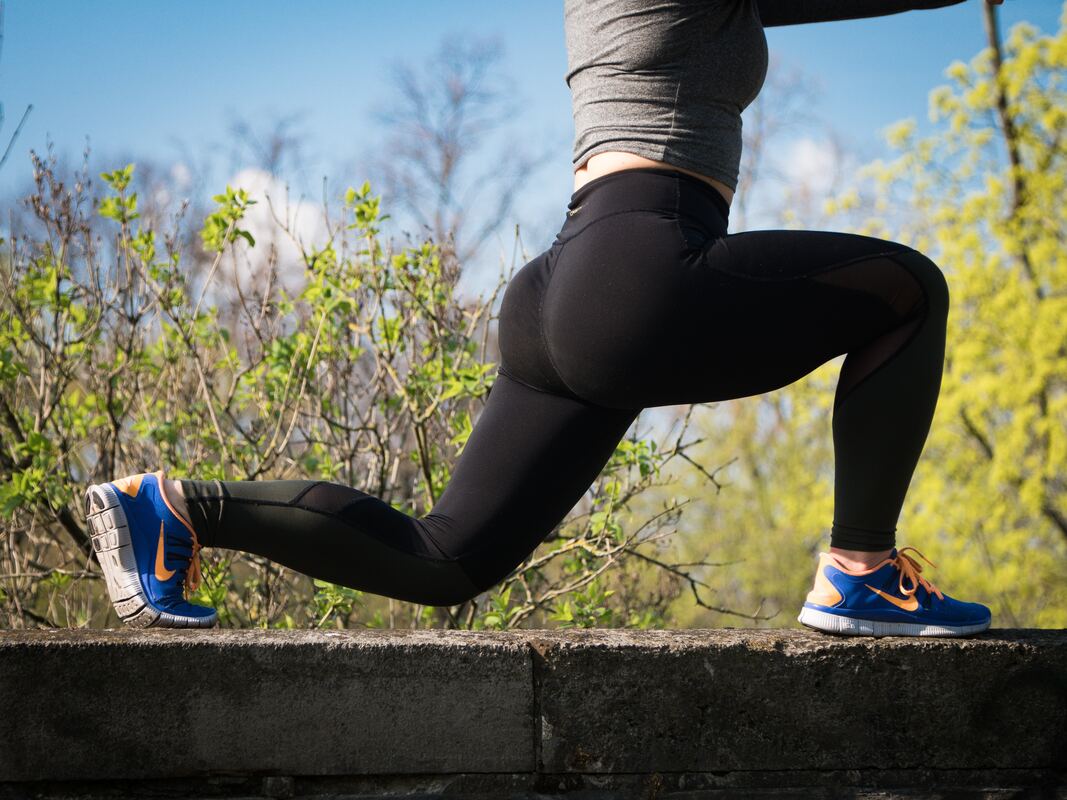
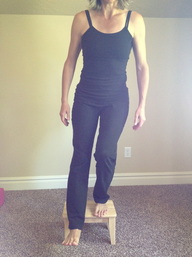
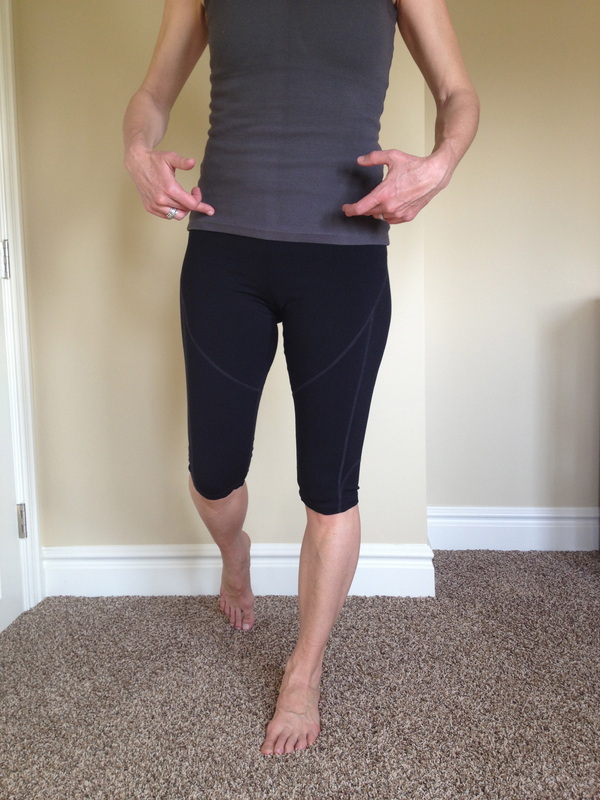
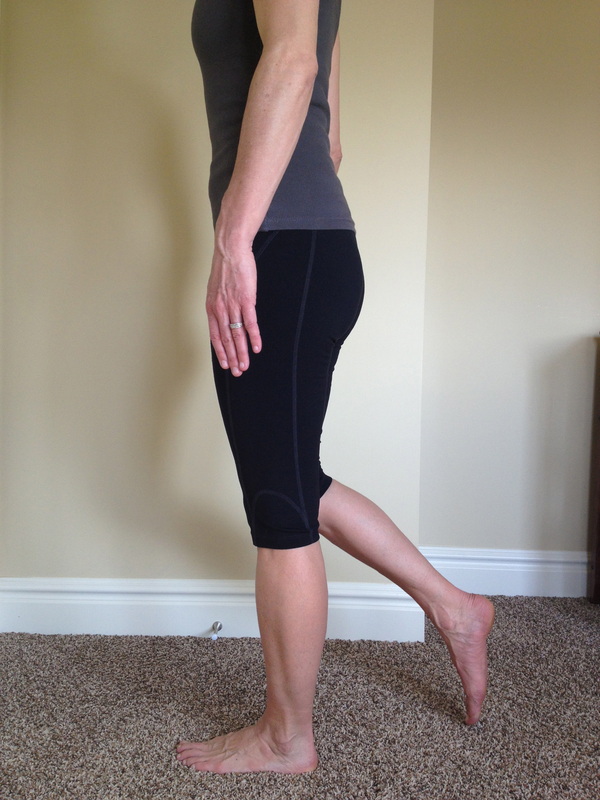
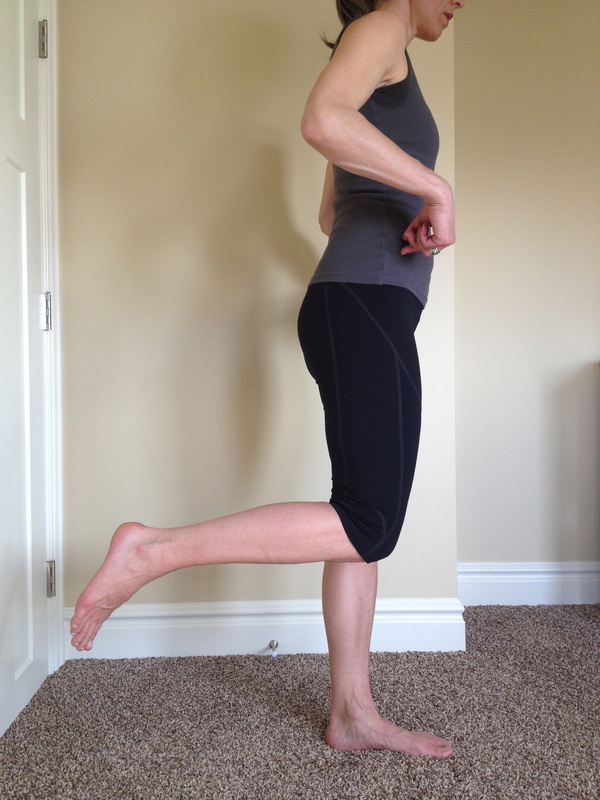
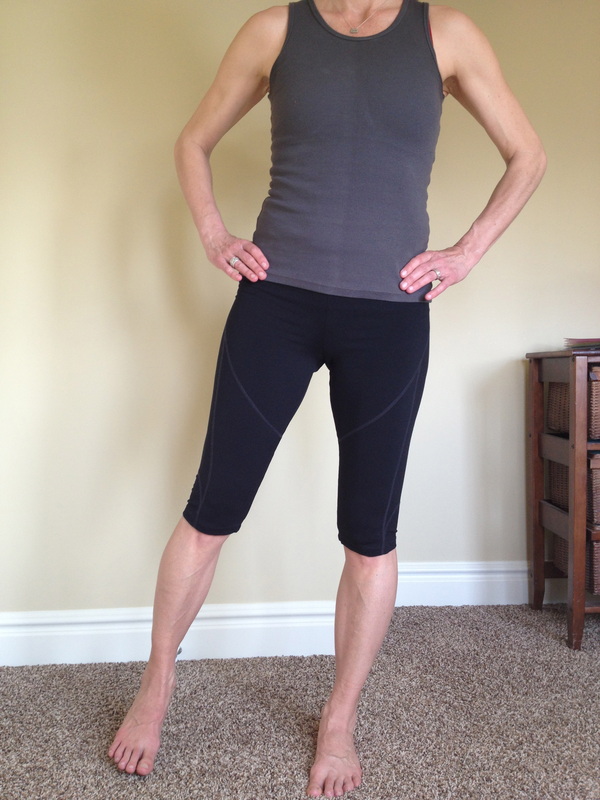
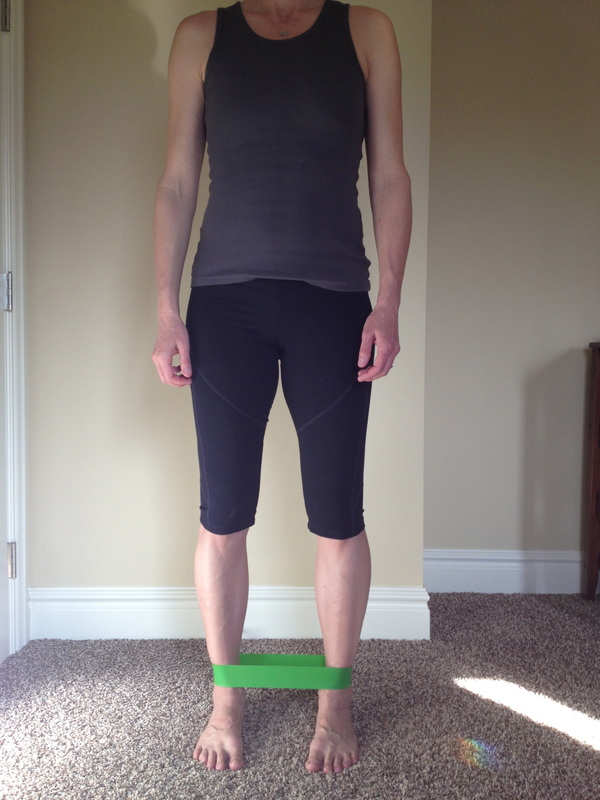
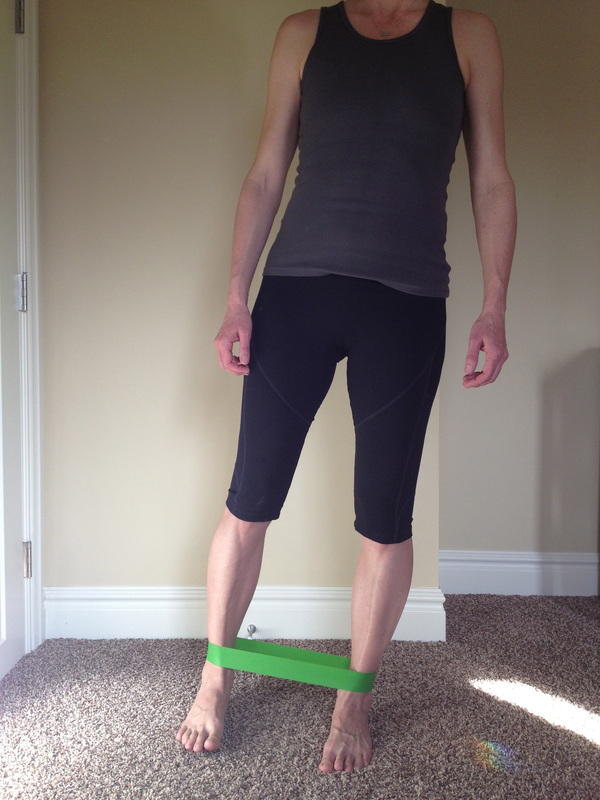
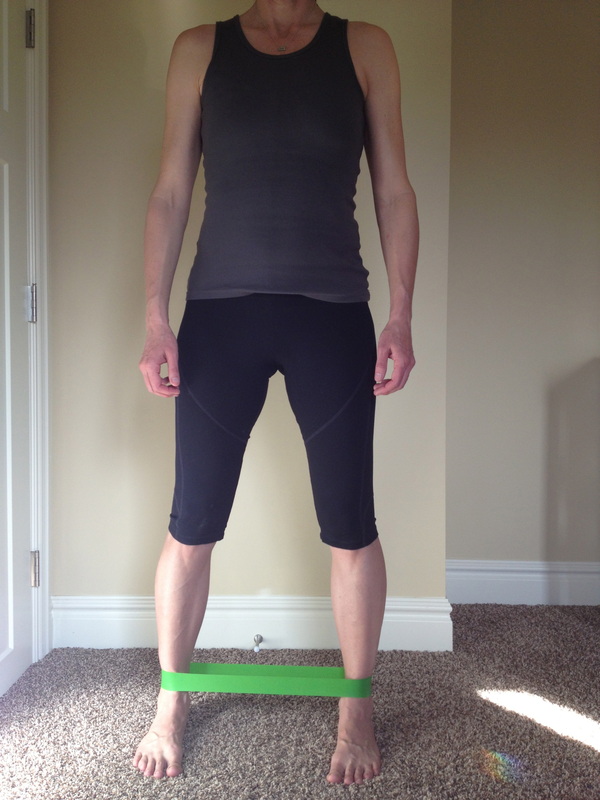
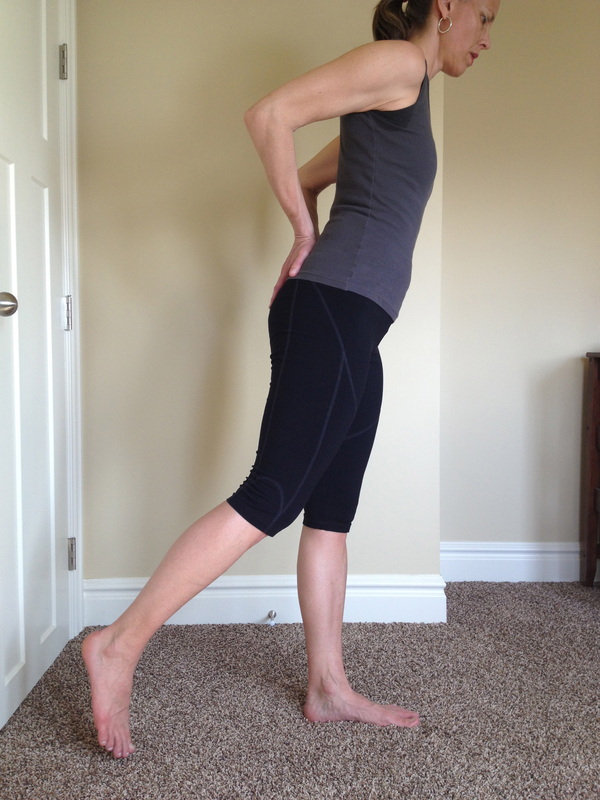
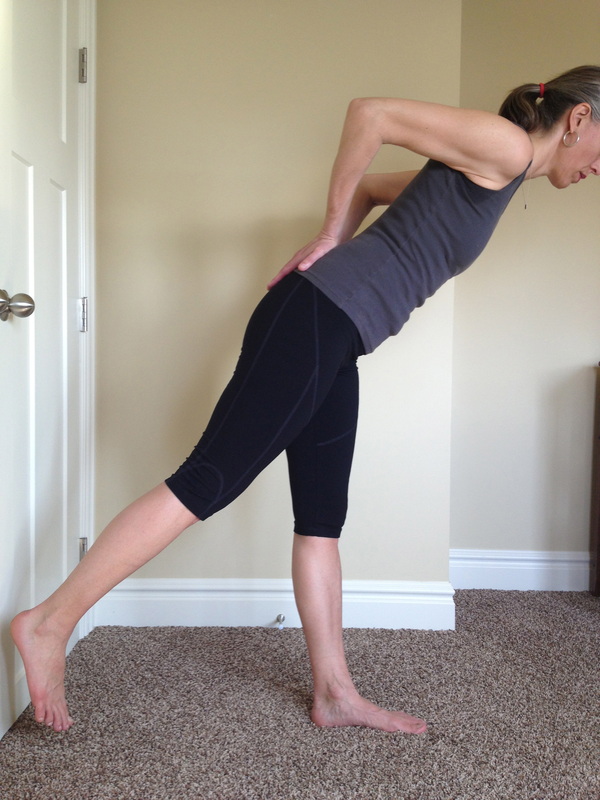






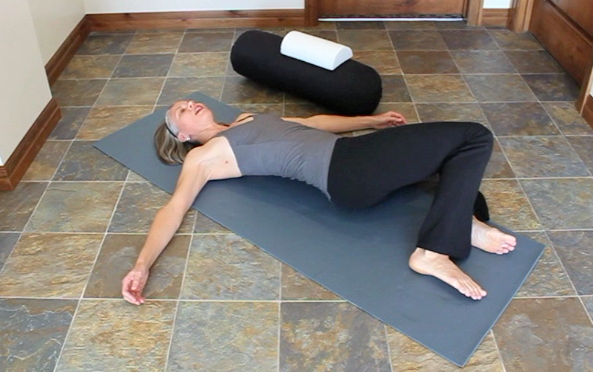
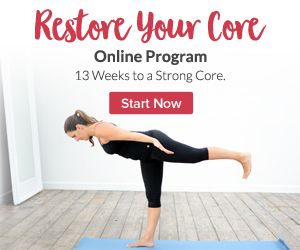
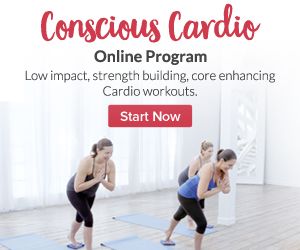
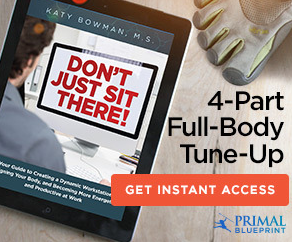
 RSS Feed
RSS Feed